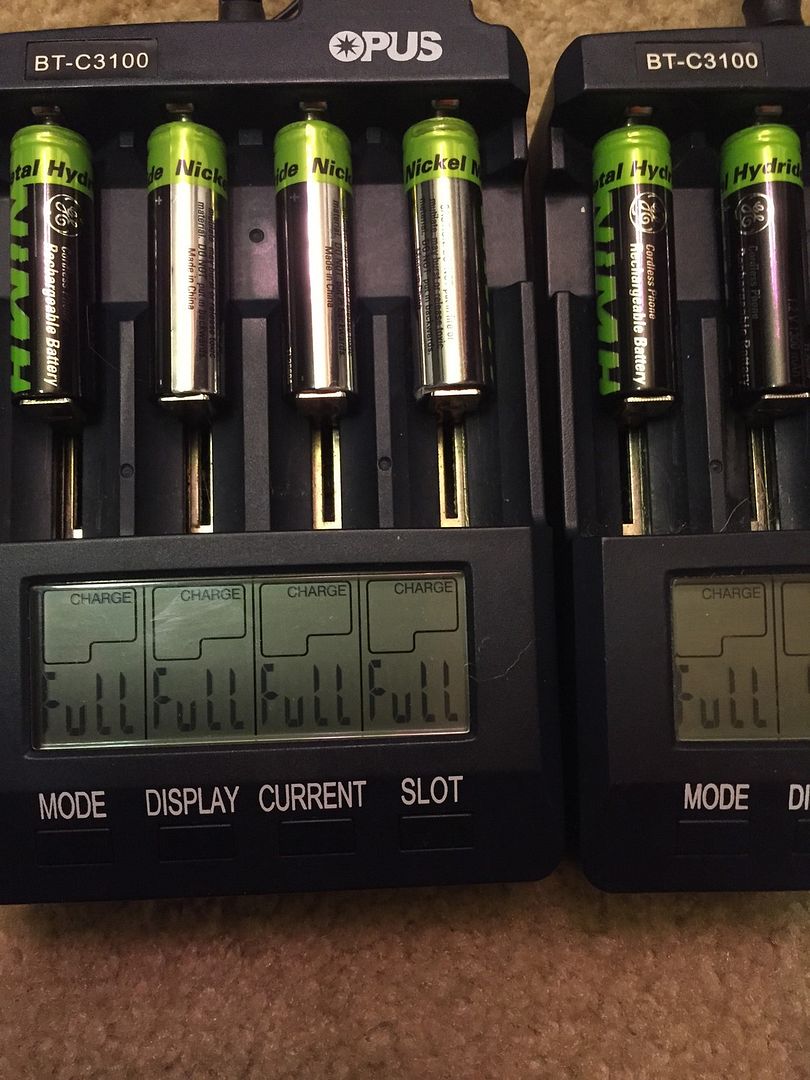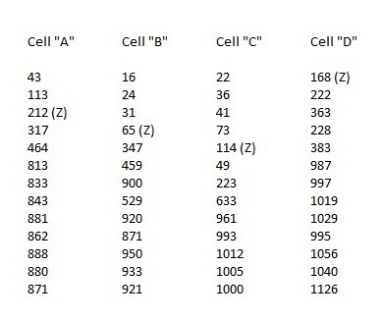Over the last week or so I spent some time experimenting with some new old stock nickel metal hydride AA cells that I had come across.
About 10 years ago or so, before there was a BLF, before I even knew there were others just like me, I was just a lone wolf in the wilderness enjoying my passion for flashlights and rechargable cells. Back then, to me, Nickel Metal Hydride cells were the upgrade to the old NiCd cells that I was using up until then. Of course they were expensive and I was always looking for a cheaper way out, always looking for a bargain. As it was, I came upon a local retail store, “Ocean State Job Lot” that specializes on distressed and “odd lot” type of merchandise. What I came across was some NOS cordless phone batteries. Now this was 10 years ago, and these batteries were NOS then. That would make them ancient today. The other day, while organizing the basement, I came across an old package of one of those cordless phone batteries. 10 years ago I paid 50 cents for this package.

Most cordless phone batteries look something like this.
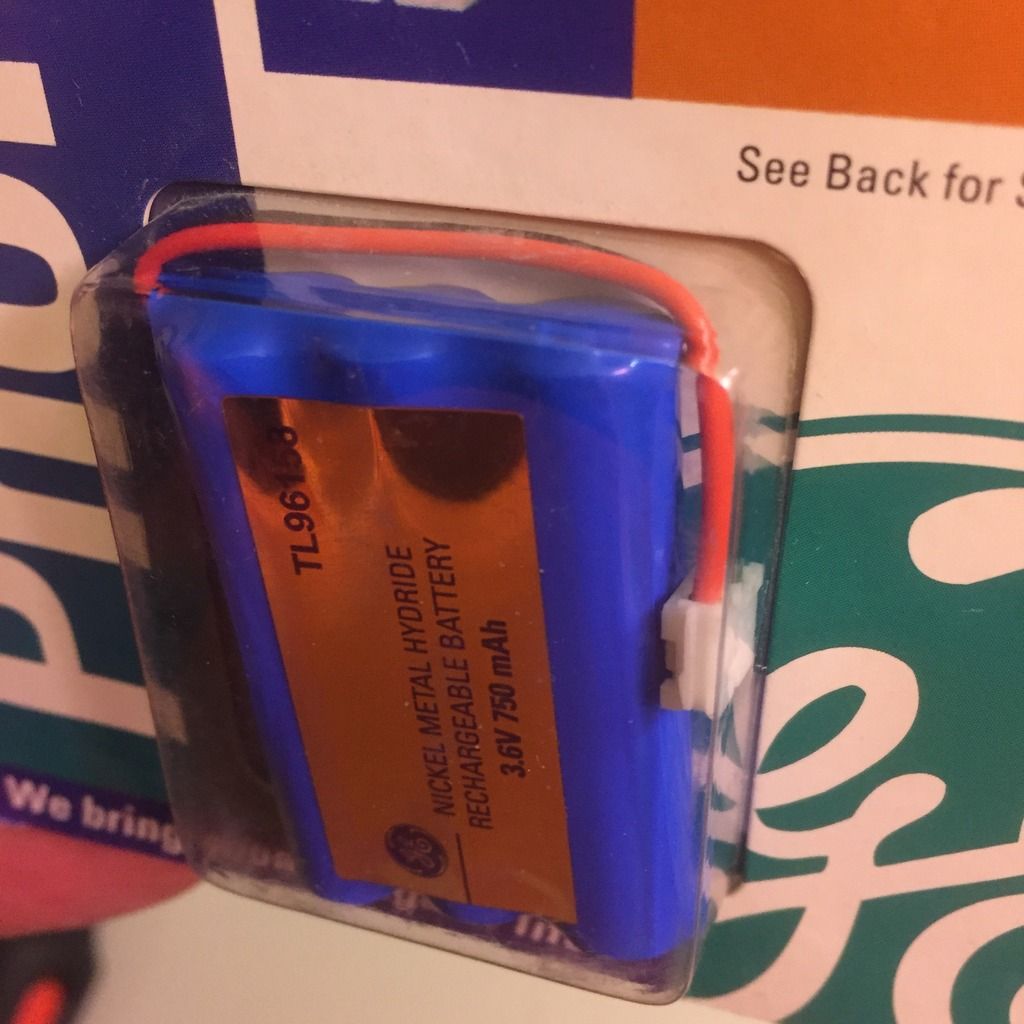
In this case it is a pack of 3 - AAA cells welded in series for 3.6V pack. Back then I would break apart the cells and get 3 separate AAA cells for cheap. In this case 3 - 750mAh cells for 50 cents.
But the cells that I will be testing are from the first pack above. In that case, they are just 2 separate AA cells, just as you would buy for a flashlight. Back then, getting 2 cells for 50 cents was a very good deal. That is why I bought 12 packs of 2.
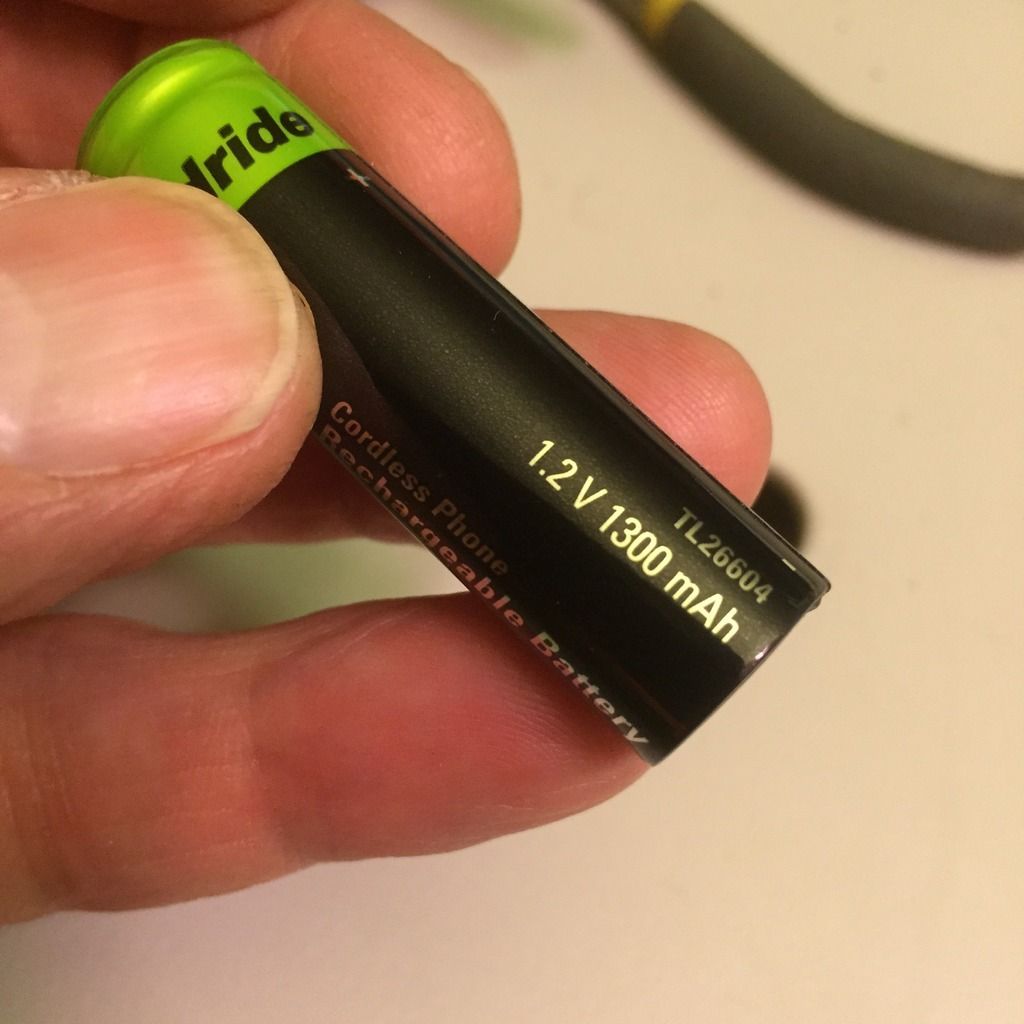
Each of those 2 cells is only rated at 1300mAh, not much by today’s standards, but hey, the price was right.
That’s the back story, now on to my little experiment.
Remember now, those cells were NOS when I bought them 10 years ago so I am guessing they are 10 - 15 years old now. When I first found them cleaning the basement, I was going to just throw them out, but instead I decided to test them out.
I opened that pack and measured each cell. They both read 0.80V. I was very surprised that they weren’t at 0. So I put them in my OPUS BT-3100 and charged them up. Just a couple of minutes later, they were finished! All charged up.
Of course right then I knew that they would have a VERY low mAh capacity. In fact they rated as such when I discharged them thru the OPUS. For those that don’t know, the OPUS is capable of discharging and measuring the total mAh draw of a cell. Some, if not most of you know that NiMH cells can sometimes recover “lost” mAh’s thru “exercise” That is thru several charge and discharge cycles. In fact the OPUS is capable of doing just that, performing several cycles of charging and discharging in an attempt at recovering lost mAh’s. “Just set it and forget it” ![]() The only downside of this automatic routine is that you don’t get to see the progression of the improvement. BTW, this only works for NiMH cells. Not Li-ion
The only downside of this automatic routine is that you don’t get to see the progression of the improvement. BTW, this only works for NiMH cells. Not Li-ion
So with it being around the holidays, I decided to use the OPUS to manually charge and discharge these 2 cells and chart the progress. If there was improvement, I would repeat the cycle. Each time recording the results. All charging was at 500mA and all discharging was at 700mA
Initial resting voltage of each cell after having been in the package for 10+ years was 0.80V

At this point I noticed a dip in cell B, so I went for broke. What would happen if I drew 7A off these fully charged cells? Would that damage them or make them perform even better. So I did a discharge at about 7A for about 30 seconds. Then I recharged them and continued with the tests.
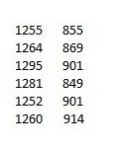
At this point I let them “rest” in a discharged state for a couple of days. (Actually, I had better things to do ![]() )Then I charged them up again and continued the test.
)Then I charged them up again and continued the test.
1300 957
This test was notable in that cell A actually performed at it’s rated capacity when brand new!
Clearly cell B is not up to snuff, but can I revive it further? There is still progression and I will try later. Also to do is test the self discharge rate of these cells. I am expecting that it will be rather high, a usual problem with older NiMH cells and probably worse for these as they are quite old.
Also another test I am in the process of doing is seeing how far I can revive some of these same exact cells that have seen service in the past. They are the same age as these, they are just not NOS.
